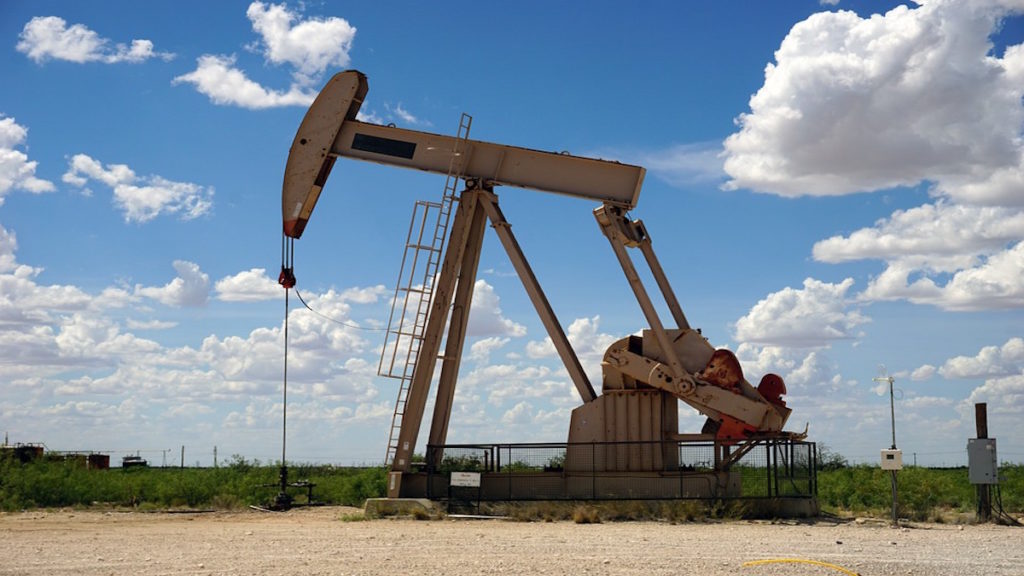Featured image by RJA1988
If you’re involved in buying or selling of land, you must know all the rights involved. As a landowner, you need to manage forests, fields, buildings, ponds, and various other things on that surface. There are two main rights included in ownership of land: mineral rights and surface rights. The landowner also owns the rights for everything present in the surface, instead of the underground resource rights like gas, minerals, and oil.
In the United States, the landowners also buy mineral rights and surface rights unless they select selling mineral rights to anyone else. After selling mineral rights, the original owner also retains rights to land surface. Also, the second party can also exploit underground resources in the way they would like to.
How Mineral and Surface Rights Differ?
Properties hold mineral rights in different ways. When the one owner holds both mineral and surface rights, it’s known as unified estate. When the mineral and surface rights get severed from one another, separate ownerships are known as split estate. Fractional estate is the third option. That’s when mineral rights are divided between various owners. It can happen, for example, when the property owner also divides these rights among different heirs while selling mineral rights but also retains others.
A landowner can also select selling mineral rights to various purchasers, each of whom have their own rights to a specific land piece. Another good option is leasing, instead of selling, mineral rights to gas, oil or mining companies, to get a certain profit portion. Alternatively, the landowner also sells different mineral royalties, letting her or him retain control over where on surface extractive activities also happen.
RELATED ARTICLE: BUYING PROPERTY? LISTEN TO YOUR HEART BUT DON’T LOSE YOUR HEAD
Surface Rights Explained
These are rights to a surface area of a land piece. It also includes different structures on property, along with rights for farming land or also exploiting above ground resources like plants, water or trees according to different ordinances and laws. Generally, you also have the right of digging to a certain depth for different purposes like septic tank installation.
If you’ve owned surface rights, you can also transfer or sell the title to surface. However, you may not lease or sell the property to a gas, oil or mining company for extraction or exploration. Such rights aren’t legally yours.
Mineral Rights Explained
Mineral rights include underground resources like natural gas, oil, silver, copper, gold, iron, uranium, and coal. Gravel, limestone, sand, and subsurface water don’t classify as mineral rights. They are typically meant for holders of surface rights.
If you we’re a previous owner and sold mineral rights to the property, it implies that you only own things above the surface. If the holder of mineral rights wants to extract resources, they don’t need approval for doing so. They can perform exploratory drilling with other tests for determining whether it’s good to invest further in development or not. Generally, they install infrastructure and equipment like wells, mine shafts, pumps, power lines and access roads.
Sometimes the holder of mineral rights has to compensate for any surface related damage. Basically, they’ve have the right to use a lot of surface as it reasonably is necessary for mineral extraction and exploration, without your permission. These activities affect the land appearance along with your ability to use the surface in ways considered fit.
RELATED ARTICLE: HOME IMPROVEMENTS THAT INCREASE YOUR PROPERTY’S VALUE
What to Look for When Purchasing Land
Once you’ve severed the mineral rights out of the surface rights, they always remain this way. If you’re considering buying land, you must ensure to thoroughly research about included rights before making buying decisions for avoiding any unpleasant surprises down the road. If you do not you may discover that the previous owner already sold their mineral rights to a third party. To avoid this mishap, you can check the mortgage paperwork or the property deed.
Remember that the holder of mineral rights is the dominant party when it is about accessing subsurface resources. Sometimes, a gas, oil, or mining company tries to work out a plan for minimizing disruption. But they may wish to have total control on the land. However, the best thing to do is to buy mineral and surface rights as well. It’s important to stay informed about everyone who holds these mineral rights and how it changes the property’s potential.
RELATED ARTICLE: THE RIGHT APPROACH TO REAL ESTATE INVESTMENT IN 2021


